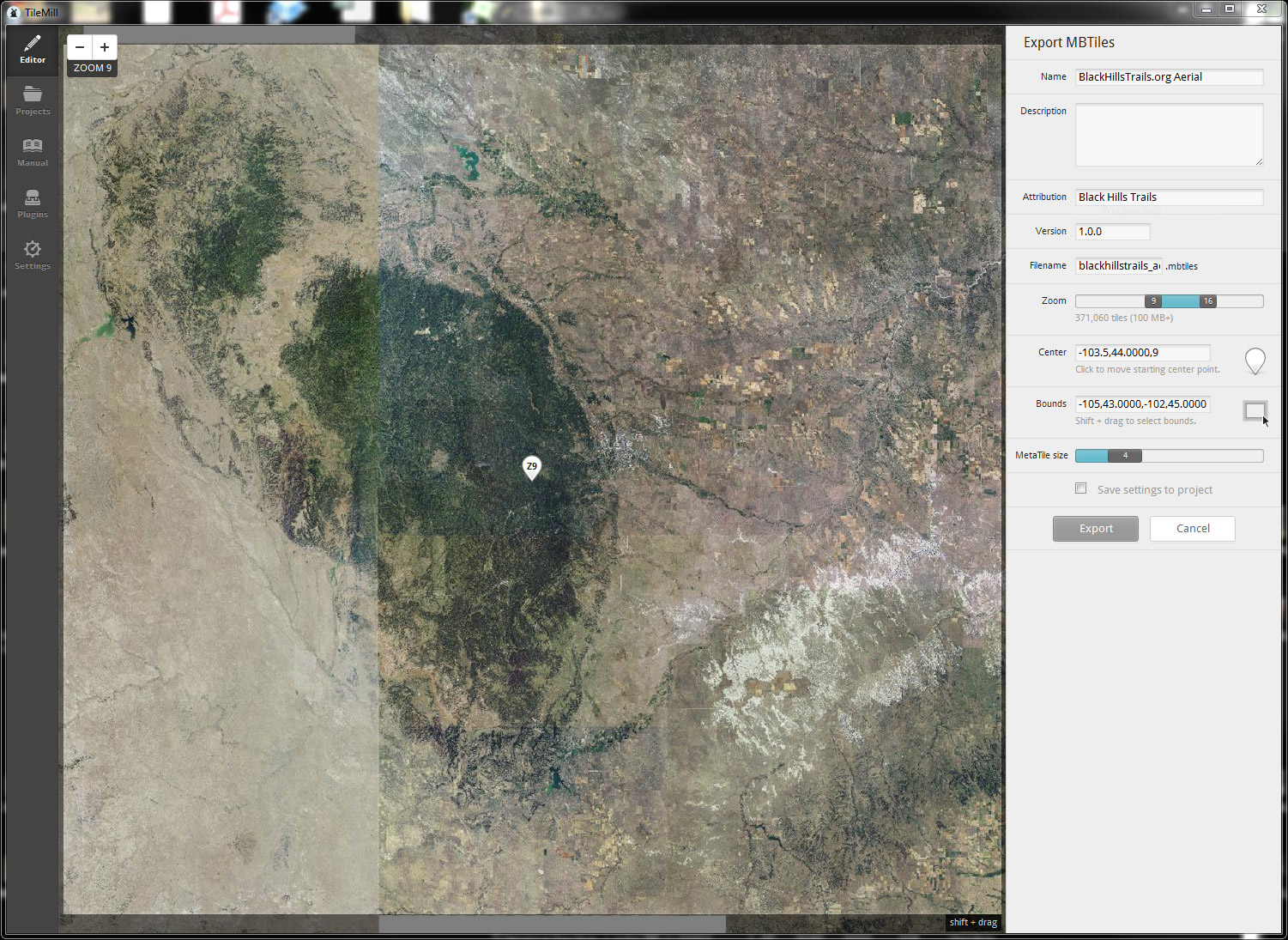
Spearfish Area Residents,
Any college freshman who has taken introductory humanities classes can tell you about the Tragedy of the Commons. The concept behind this social dilemma is simple but easily and often overlooked. Consumers or users of any shared resource will tend to act in their own best interest where use of that resource is concerned. As philanthropic as any of us may try to be this phenomenon forms a cornerstone of sociology, it is simply a part of our human nature.
The shared resource that has been a point of contention recently for residents of Spearfish is Lookout Mountain. As an un-managed resource the visitors and local residents who venture out on Lookout are left to their own devices in terms of their route up the mountain. This has led to a tendency for those routes to be very direct and in some cases straight up hillsides. Over the years the common routes have coalesced into many of the visible trails that can be seen on Lookout today.
There have been arguments made of the relative impact of hikers as compared to mountain bikers or other user groups, but discussions such as these fail to account for the larger picture. The single largest destructive force by a huge margin to natural surface environments, trails included, is Mother Nature herself. When it rains on Lookout Mountain, as soon as each drop hits the ground it heads downhill. On a nice grass-covered slope devoid of features this accumulation will flow in an uneventful laminar sheet down the hillsides. When this laminar sheet flow is interrupted by features such as trails the water can accelerate, channelize and become turbulent. This can and will cause not only the rapid deterioration of the trails themselves but the resulting erosion has a potentially large negative impact on plants, wildlife and nearby water sources.
If people are allowed to venture out onto Lookout Mountain these types of unsustainable trails will inevitably form, whether those individuals are hikers or mountain bikers is of no consequence in this regard. There are really only two effective solutions to mitigate the environmental damage caused by use — the first is to lock the gates and not allow use of the property, the residents of Spearfish would have to enjoy Lookout from afar. The second and far more reasonable option is to simply admit that even limited use has environmental ramifications and that the best way to keep this resource as natural as possible is to manage that use.
Management of Lookout Mountain would simply entail an assessment of the current user-established trails and remediation where necessary. Where trails can be seen to be creating environmental damage or erosion those trails should either be fixed or where that is not possible the existing trails would need to be reclaimed and rehabilitated and new sustainable trails created in place of the old. It is possible to create trails that do not cause any of the adverse environmental effects outlined above, but those trails must be engineered from the outset in a responsible and environmentally sustainable way. This is part of what the Spearfish STAR (Spearfish Trails and Recreation) Committee proposes to do on Lookout Mountain.
Addressing the root causes of trail damage through implementation of sustainable trail design and maintenance practices is the best way to ensure Lookout Mountain is saved for the enjoyment of future generations.
Best Regards,
Samuel J. Greear
Executive Director
Black Hills Trails
